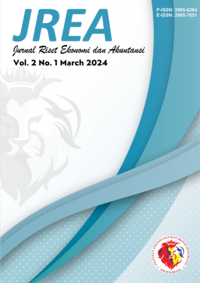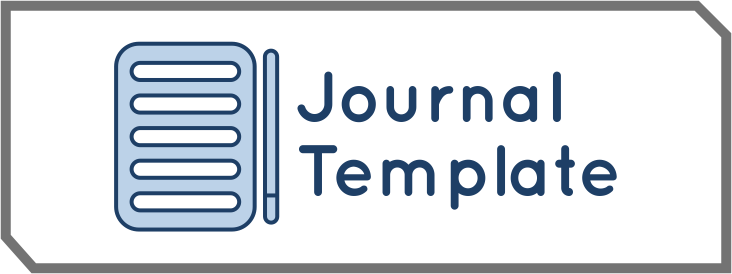Peran SDM Dalam Mencapai Keunggulan Kompetitif
DOI:
https://doi.org/10.54066/jrea-itb.v2i1.1247Keywords:
MDSM, Competitive AdvantageAbstract
MDSM plays a role in selecting and maintaining the best abilities. Competitive advantage will be gained by businesses that are able to attract, develop and retain high potential employees. Human Resources is responsible for finding people who have the necessary information and values that match the organization's vision and mission. According to Malayu Hasibuan (2013) MDSM is knowledge and expertise related to the relationships and work of the workforce so that they are feasible and effective in helping to understand the goals of associations, workers and society through the resolution of human assets. the executives work like preparations. sorting, acquisition, improvement, remuneration, coordination, support, discipline, and ending. Viable advantage is characterized as a state in which the competitive cannot imitate the positive side of the organization that enjoys great advantages and prevents it from competing or competing (Macky and Johnson, 2003).
Downloads
References
Anoraga, Pengantar Bisnis: Pengelolaan Bisnis dalam Era Globalisasi (Jakarta: Rineka Cipta, 2007), hal. 47
Barney, J.B & Wright, P.M. 1998. On Becoming a Strategic Partner: The role of Human Resource in Gaining Competitive Advantage, Human Resources Management 37 (1): 31-46.
Cheddie, M. (2001). How to Become a Strategic Partner, HR Focus, 78(8): 1-14
Jimoh, O.A. & Danlami, A., (2011), Strategic Human Resource Management and Organizational Performance in the Nigerian Manufacturing Sector: An Empirical Investigation, International Journal of Business and Management, Vol. 6, No. 9, September 2011.
Joko, NH (2005), “Urgensi pengembangan SDM berbasis kompetensi,” Jurnal Administrasi Bisnis, Vol. 1, No. 2. Hal.51-58
Lako, A dan A Sumaryati , Optimalisasi kinerja korporasi melalui audit kinerja manajemen sumber daya manusia, Jurnal: Usahawan,No.10 Vol. III. Hal. 23
Losey, M. (2005). Future of Human Resource Management: 64 Thought Leaders Explore the Critical HR Issues of Today and Tomorrow. NJ: John Wiley & SonsUSAInc.
Macky, K., & Johnson, G. (2003). Managing human resources in New Zealand (2ndEd.) Auckland:McGraw-Hill
Malayu Hasibuan, Manajemen Sumber Daya Manusia (Jakarta: Bumi Aksara, 2013), hal.9.
Malik, Nazaruddin, (2010), Strategi Manajemen Sumber Daya Manusia Berorientasi Investasi Menuju Bangsa yang Berdaya Saing, Pasca Sarjana Universitas Muhammadiyah Malang, Vol. 13 No. 2 Juli – Desember 2010
Preffer, Jeifry, 2012 Producing Sustained Competitive Advaittage Through The Effective Management of People, Accademy Management Excecutive, voL9. No. I, hal. 55-72.
Schuler, R., and Jackson, S. (1999). Linking Competitive Strategies with Human Resource Management Practices. In Strategic human resource management, eds. R. Schuler and S. Jackson, 159–76. Oxford: Blackwell, Publishers, Ltd.
Ulrich, Dave, et al., (2009), HR Transformation: Building Human Resources from the Outside In, The RBL Institute, McGraw-Hill Books, US.







